
Internet is not a safe place. It is toxic, full of hate, and social media consumes the consumers more than the latter can consume Internet. That makes celebrating "Safer Internet Day" important on February 8th. We spent the whole day connecting with our thousands of digital foot soldiers spread across 24 states of India located in rural geographies and had discussions about the importance of safe internet.
But it is the masses of India who are also curious to know what the government of India announced in this year's budget and what role digital had to play in the annual budget of India. So, this issue of TypeRight is dedicated to digital context of Indian citizens vis-a-vis the budget.
PTI reports that Ram Madhav, a senior functionary of the Rashtriya Swayamsevak Sangh, an ally of the ruling right-wing government, has termed the budget as a ‘digital budget,’ mentioning the announcements on several key tech policies. For most of the opposition, and a majority of India’s working and middle-class population, the budget seems far from anything to hail, if we go by all the reports since last week. Just how ‘digital’ is the new budget? We plan to take a deeper look at the announcements.
The digital part of the budget was mainly focused on some key announcements related to the rolling out of 5G networks, improvements to the national digital health ecosystem, some taxes and reigning in on the country’s cryptocurrency market, along with plans to introduce a blockchain-based digital currency.
The Central Bank Digital Currency seems to be one of the most ambitious: As Finance Minister Sitharaman mentions in her budget speech,
“Introduction of Central Bank Digital Currency (CBDC) will give a big boost to the digital economy. Digital currency will also lead to a more efficient and cheaper currency management system. It is, therefore, proposed to introduce Digital Rupee, using blockchain and other technologies, to be issued by the Reserve Bank of India starting 2022-23”
While the markets were in panic as the government planned to ban or at least regulate the cryptocurrency market that has recently seen a surge in the country, the budget cleared up the confusion with a decision to implement a 30% tax on digital assets and income from Non Fungible Tokens.
But what parts of the budget will push the majority of the country towards inclusion, digitally and financially?
Bringing the post offices of the country onto the core banking system is one of them. As ORF reports,
All the 1.5 lakh post offices in India are set to be connected to the core banking system in the FY 2022-23. This will enable financial inclusion and access to post office accounts through net banking, mobile banking, ATMs, and also provide online transfer of funds between post office accounts and bank accounts.
Under the national plans for financial inclusion, this seems to be one new announcements that might serve and connect those previously unconnected by banking services. It is interesting that several years back DEF's founder Osama Manzar highlighted the necessity of digitalisation of Post Offices in India since its strategic locations being largely rural and its contextual services relation to the rural audience. Read the same here:
Further plans that seek to push forward financial inclusion are the setting up of 75 Digital banking units in 75 districts of the country by the Scheduled Commercial Banks (SCBs), enabling improved access to liabilities pools from newer consumer sources in these areas. Please do note that there are more than 735 districts in India, and more than half of them would be in rural and underdeveloped categories and therefore they may need digital banking needs desperately considering necessary dependency on digital.
There is also the announcement of an interlinking of MSME portals such as Udyam, e-Shram, NCS, and Aseem to widen their scope of usage. They will work as portals with live databases providing G2C, B2C & B2B services such as credit facilitation. Seen as some of the issues that the MSME sector has been facing, this seeks to resolve it.
On increasing inclusion and quality to digital access, this FY will also see the auction and rollout of the 5G spectrums. In a statement, the Cellular Operators Association of India (COAI) said,
“We are glad to see the focus on the enhancement of digital connectivity and the announcement for the required spectrum auction in 2022 for the rollout of 5G mobile services. The proposal for taking progressive decisions in encouraging affordable broadband and mobile services through facilitating PLI scheme for 5G equipment, laying optical fiber cables through PPP model under BharatNet project are welcome steps,”
There are already concerns about the pricing of the spectrum auctions and how it will impact the costs of the internet in the country. In the meanwhile do have a look at this paper clipping highlighting the cost of data in various countries, and India is not the cheapest.

India has already seen an increase in its internet usage, from an average of 1.24 GB/Month in 2018 to 14.1 GB/Month in 2021.
In 2011, the Indian Government had launched a National Optical Fibre Network Initiative, aiming to lay optic fibre cables and connect every village in the country under broadband services. Under the NDA government, in 2014, the project was renamed BharatNet, with some changes in structure, and made an important part of the Digital India Program. BharatNet’s goal is to provide high-speed broadband connectivity to the 250,000-plus village panchayats (councils) spread across India’s 6,600 blocks and 735 districts. It will act as a middle-mile network from blocks to panchayats allowing Internet service providers (ISPs), local cable operators, and other agencies to use its bandwidth and fibre infrastructure. Last week, as Finance Minister Sitharaman announces its completion by 2025, the government is actually setting the deadline back by another two years. While the final network, however, is hopeful to increase connectivity standards, read our piece from 2018 on the status of the project:
The other sides of the budget have not been received well though. India's unemployment levels have reached worrying highs, with such figures unheard of for decades. Only two weeks ago, protests from unemployment had resulted in a train being set ablaze in Bihar.
And berozgaari (unemployment) is one of the important discussions in the election seasons. The budget has allocated little to fix the issues of unemployment, or even set aside enough for the country's health sector, particularly after a disastrous and deadly year in the pandemic.
Despite proposals on setting up a national digital telemedicine infrastructure for mental health, the budget does little to do justice to the state of healthcare in the country.
The same goes for education. The last two years saw a staggering number of students drop out of education, mostly due to the economic impacts of covid and the lack of digital access for learning. And of course, the numbers are disproportionately more for females:
While the budgetary allocation does see a slight increase, experts argue that this does not account for the learning losses during the two-and-a-half years of the pandemic.
In Other News
As the polling season draws closer, there is an alarming increase in the nature of violence against minority and marginalised communities. One of the most important pieces of news from last week was from Karnataka, where a government college denied entry to several Muslim women students for wearing hijab.
The row lasted several weeks, and has received international criticism. The levels of polarisation and hate against minorities can be seen in this video:
Meanwhile, the activists behind the fact-checking and disinformation busting site AltNews have been named in this years shortlist for the Nobel Peace Prize.

An update to our main story on the rising hatred, this Times of India report looks at the lexicon of codewords that are used by the 'alt-right' on social media:

If you've followed our main story last week, here is an update from Meta, as it reports a drop in users and a subsequent hit in share prices.

The hit has cost CEO and Founder Mark Zuckerberg quite some money, and Forbes' real time list is tracking the loss. Besides, Facebook platform is loosing about a million users everyday, deleting their accounts.

India's internet shutdowns are not just undemocratic, but bad for the economy, as this study shows:
In more updates on the pegasus surveillance row, a list of 174 individuals who have been traced under the spyware has been made public. The list is updated as more information is received. It presently includes many top political leaders, judges, journalists and other activists from India, along with world leaders like Obrador, Macaron, and Imran Khan.
DEF Updates
We are partnering with EMpower to tackle the gendered digital divide in India:
And our COVID warriors are tirelessly working on the ground, spreading information on resisting the new wave of the virus.
And DEF celebrated quite effectively Safer Internet Day across the country as it can be seen through these posts:
Until next week, we wish everyone continues to stay safe!



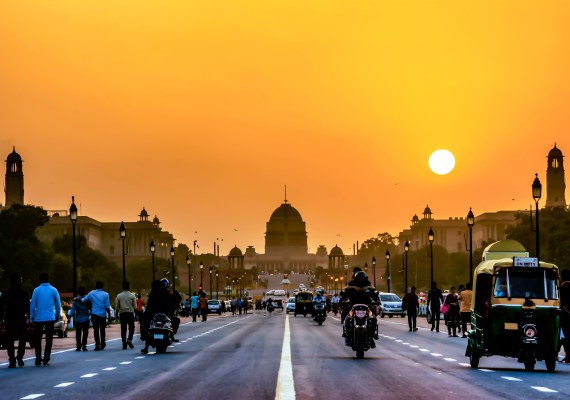


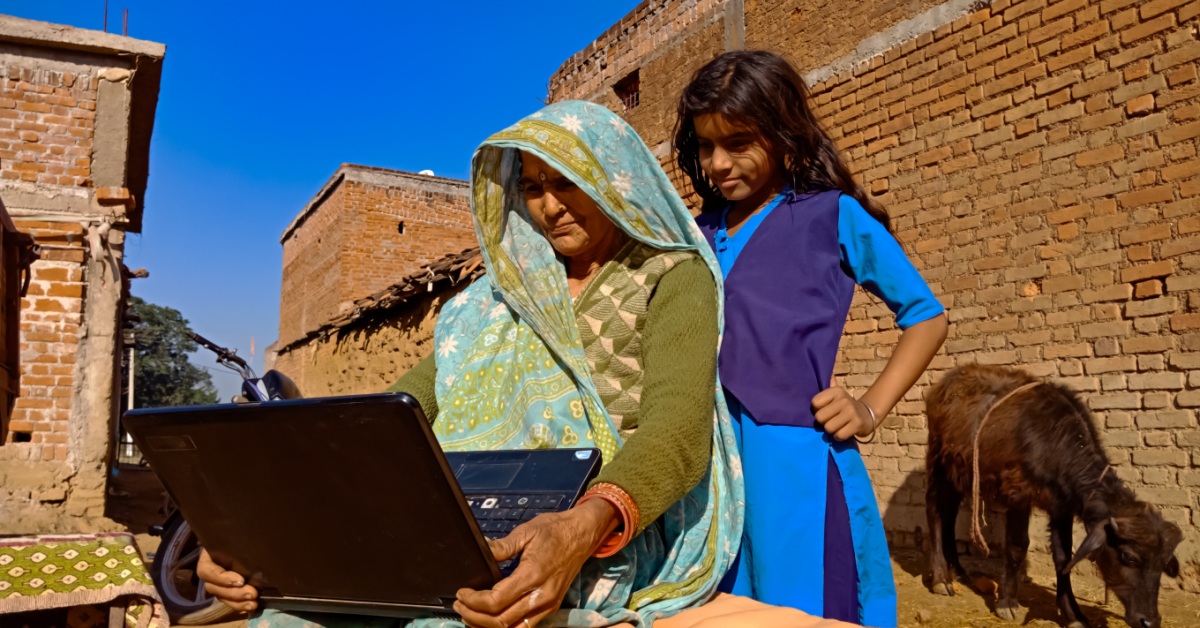

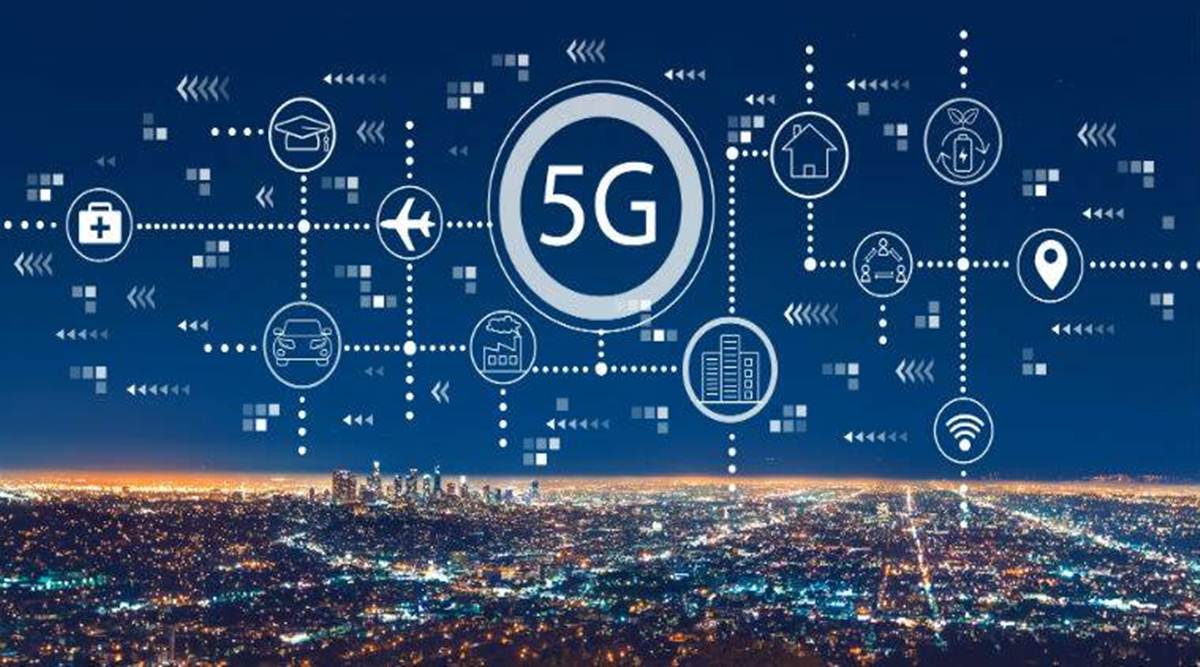
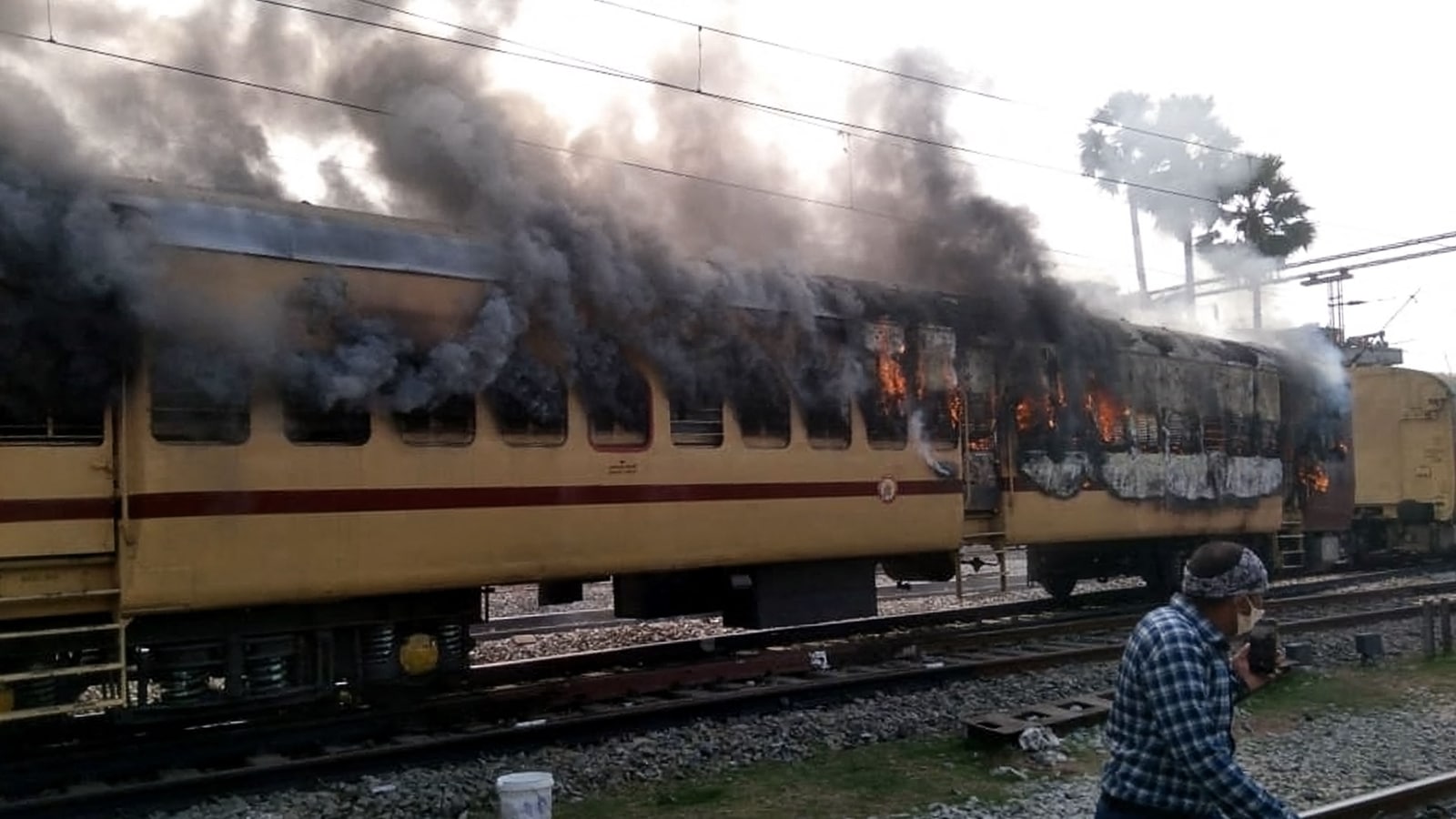
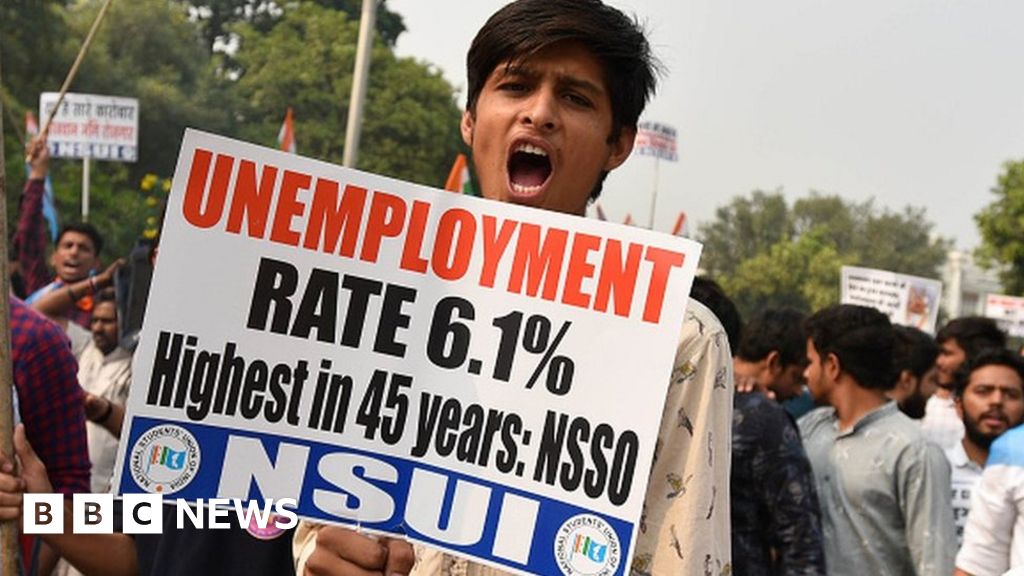

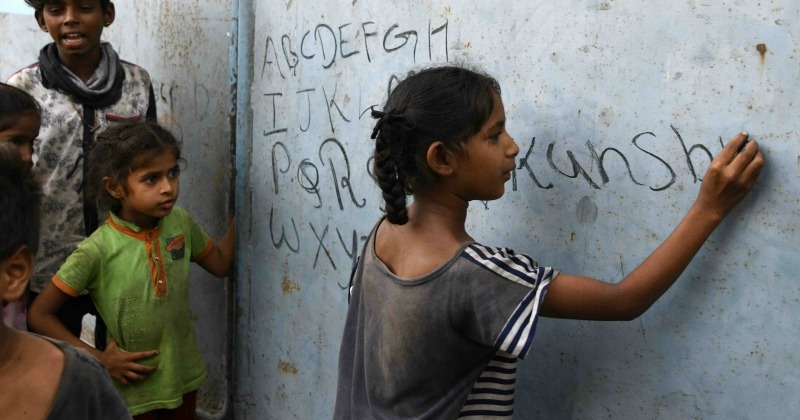
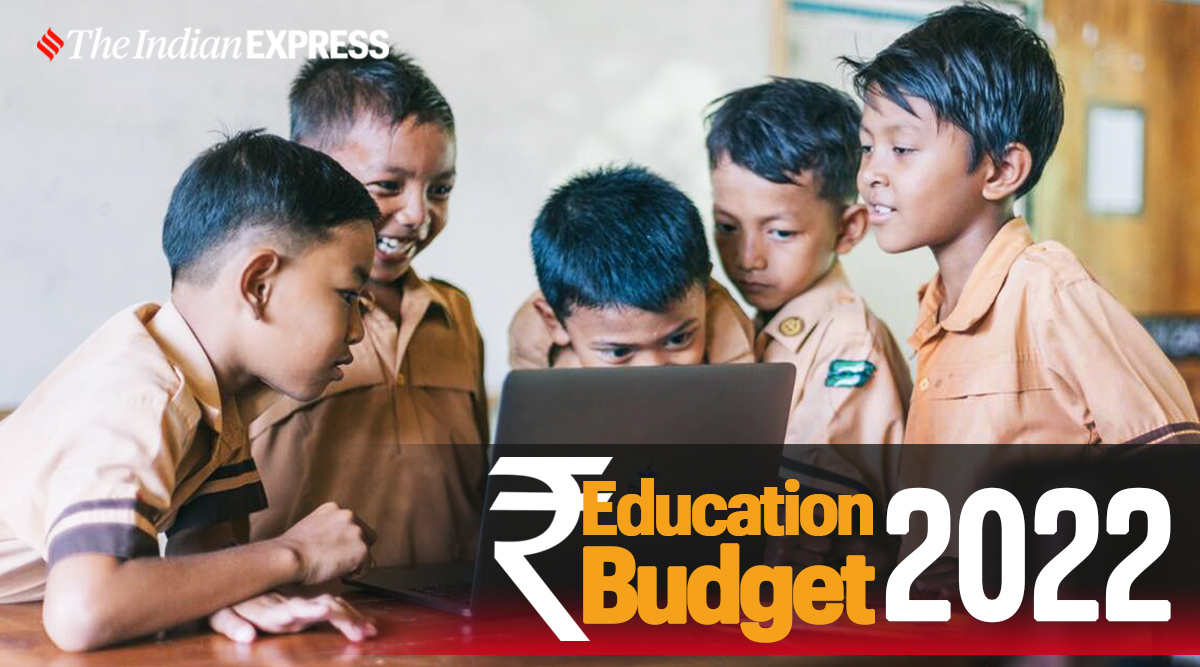
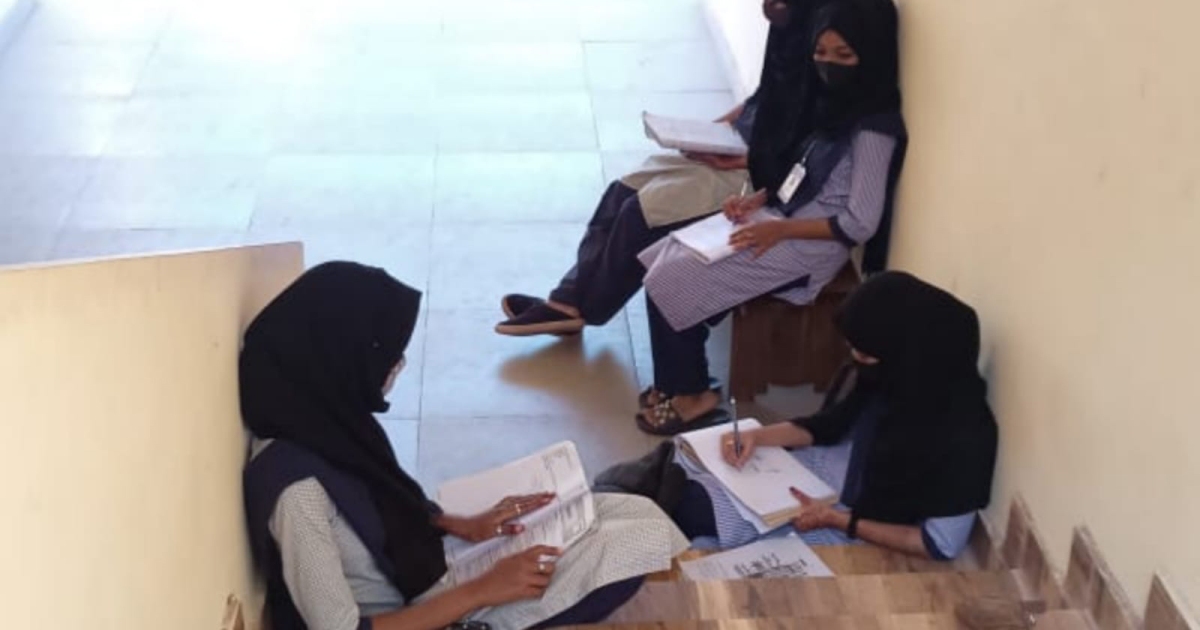





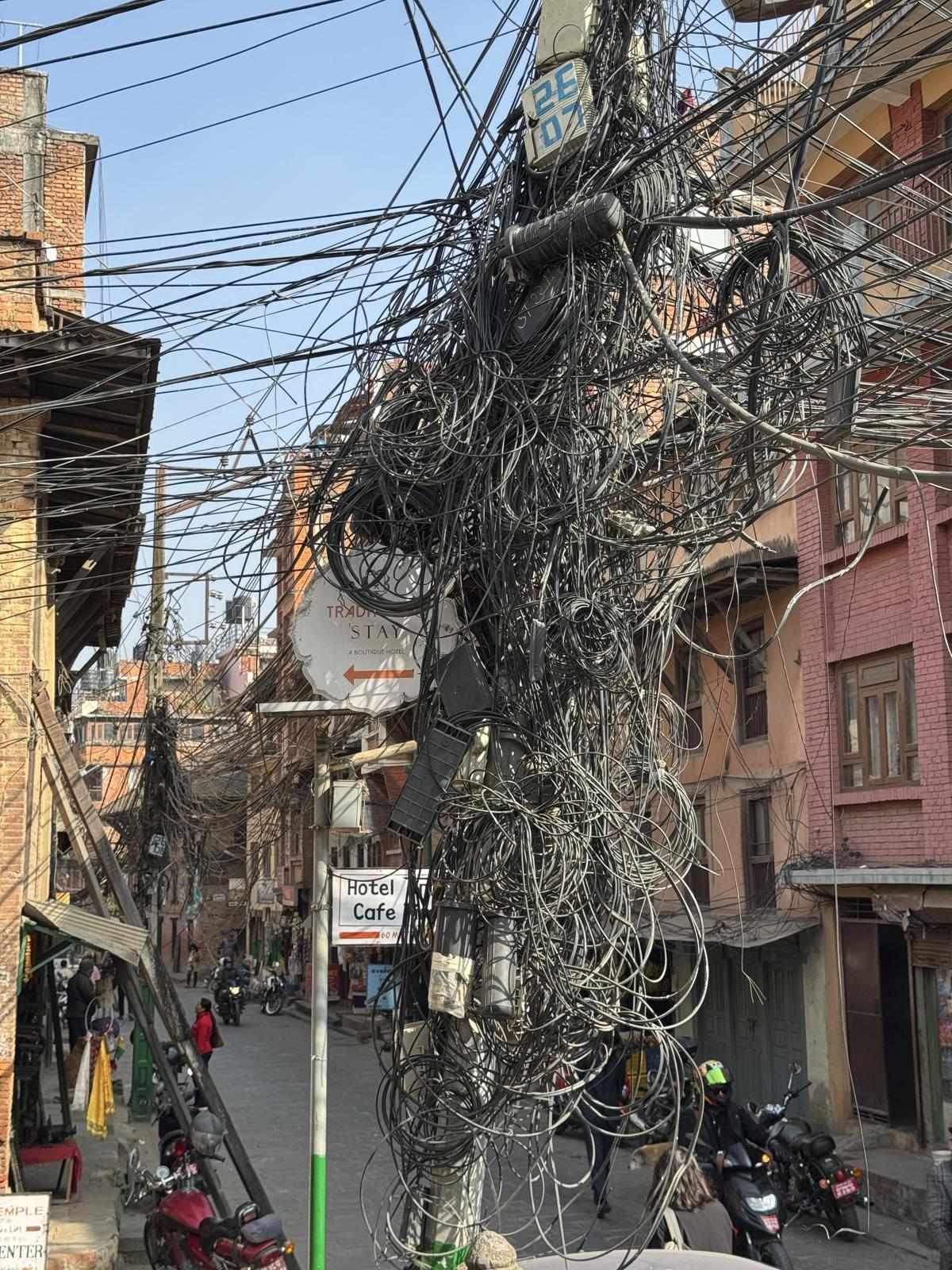
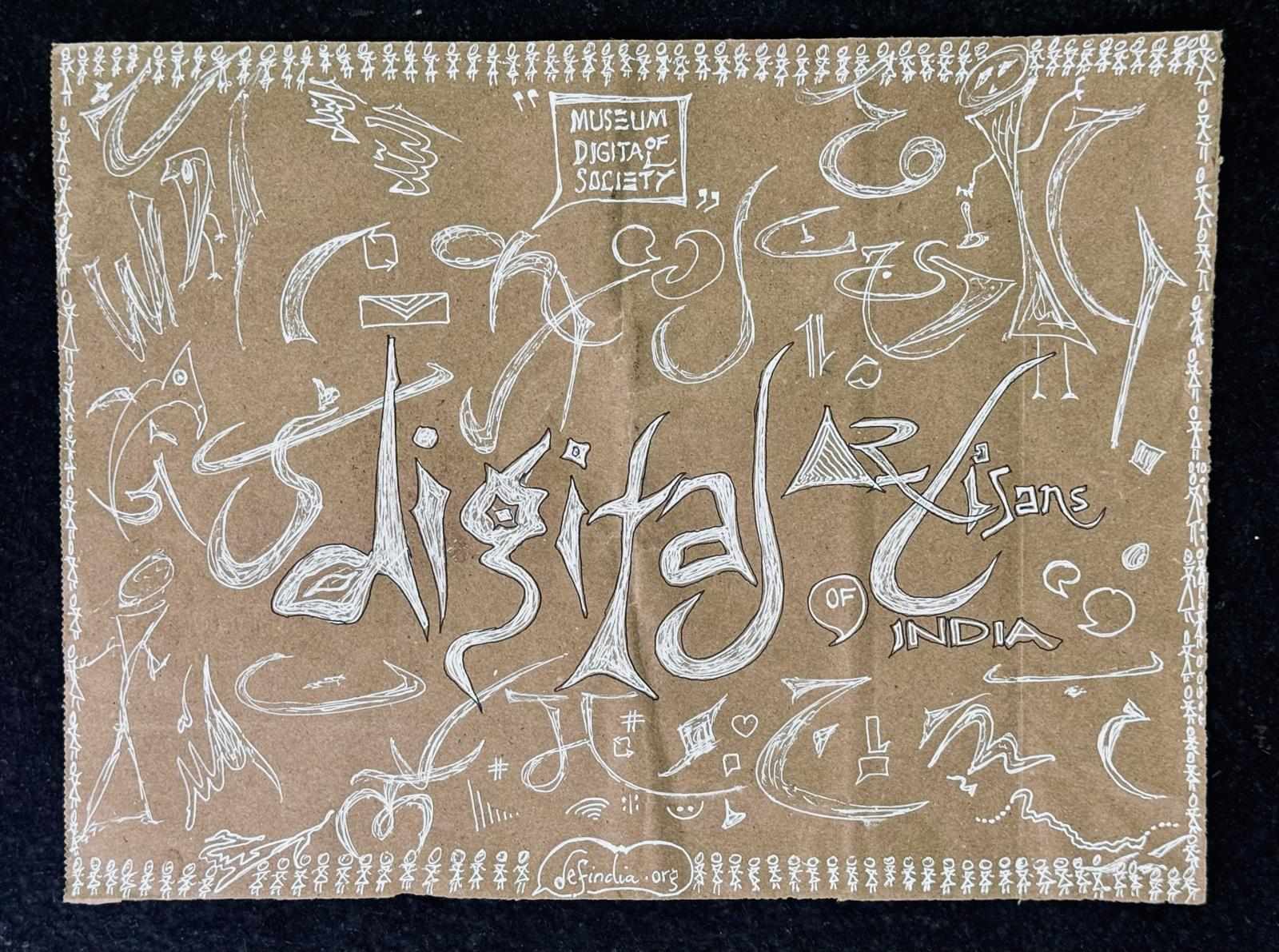
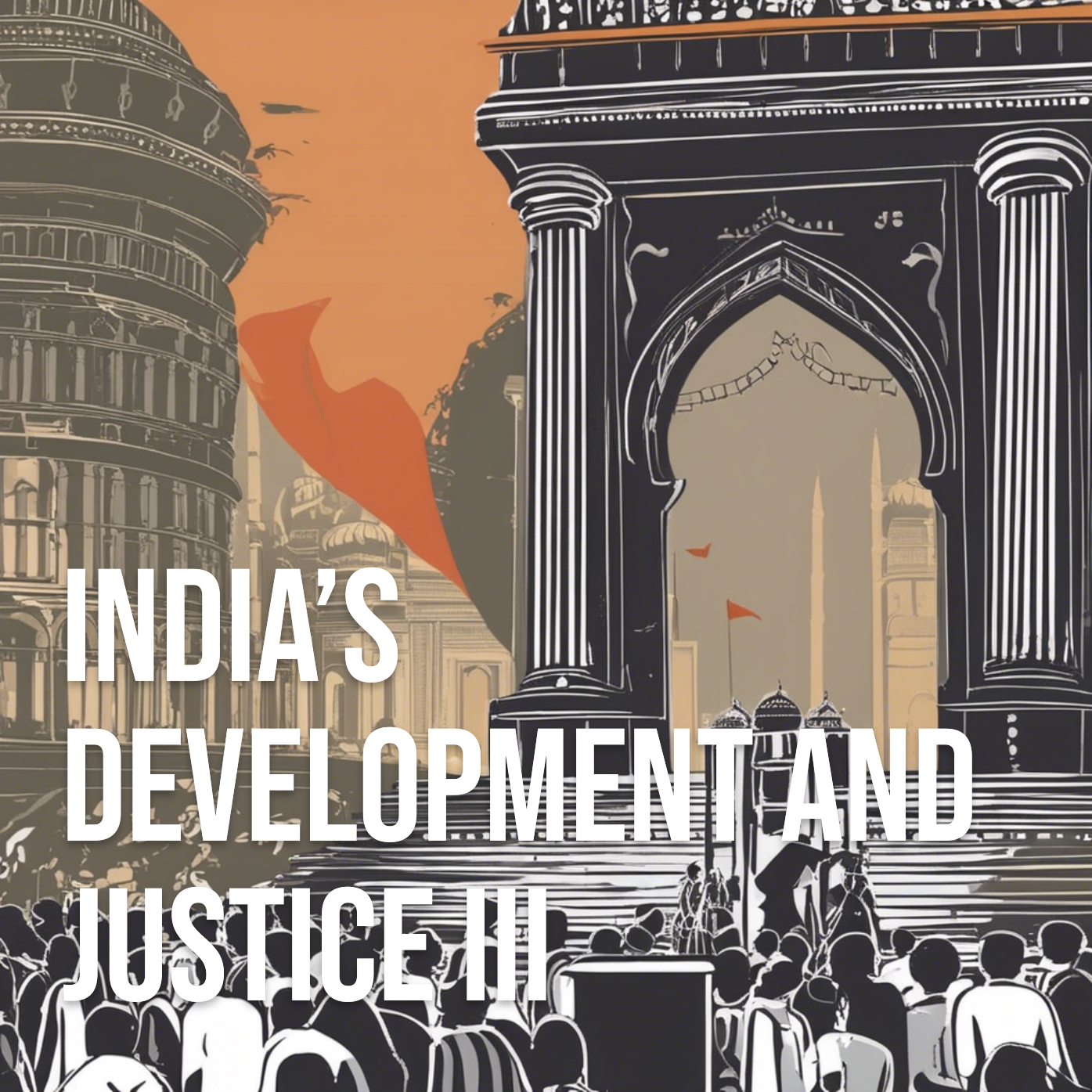
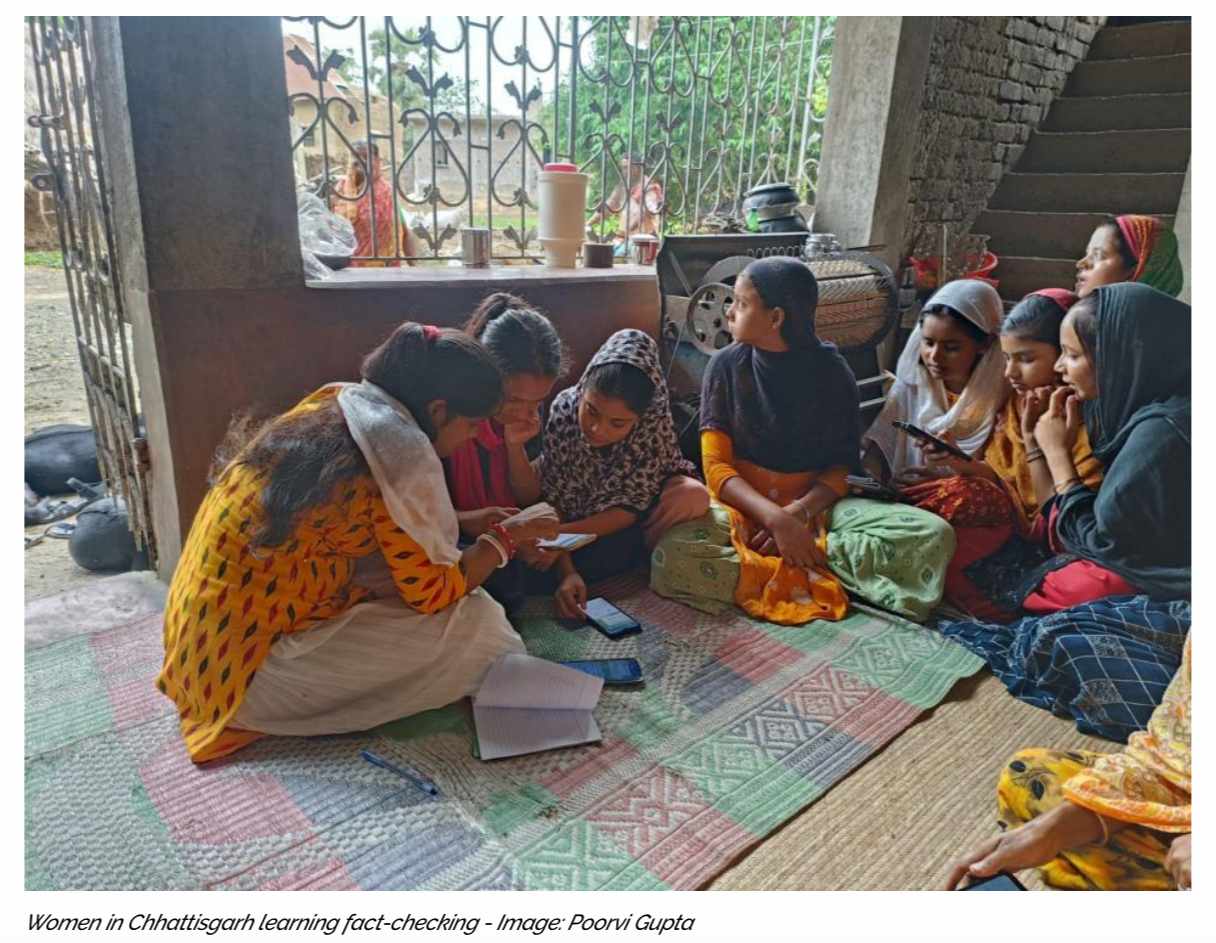


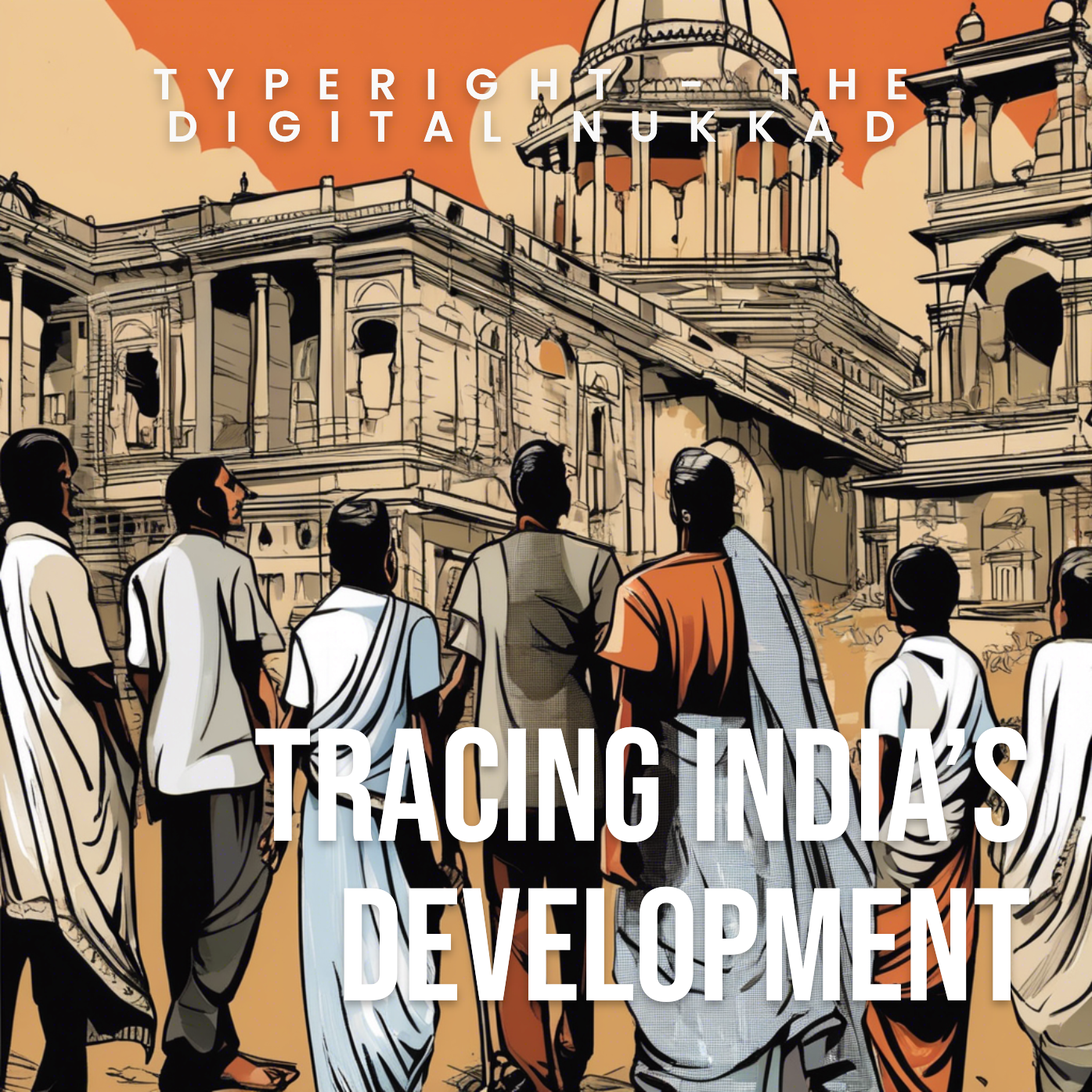









 might be?](https://sk0.blr1.cdn.digitaloceanspaces.com/sites/1394/posts/714526/dbc8de4c-5c50-411f-aba0-55cfb74a692d.jpeg)

Write a comment ...